Home>Articles>What Is The Easiest Quilt Pattern For A Beginner
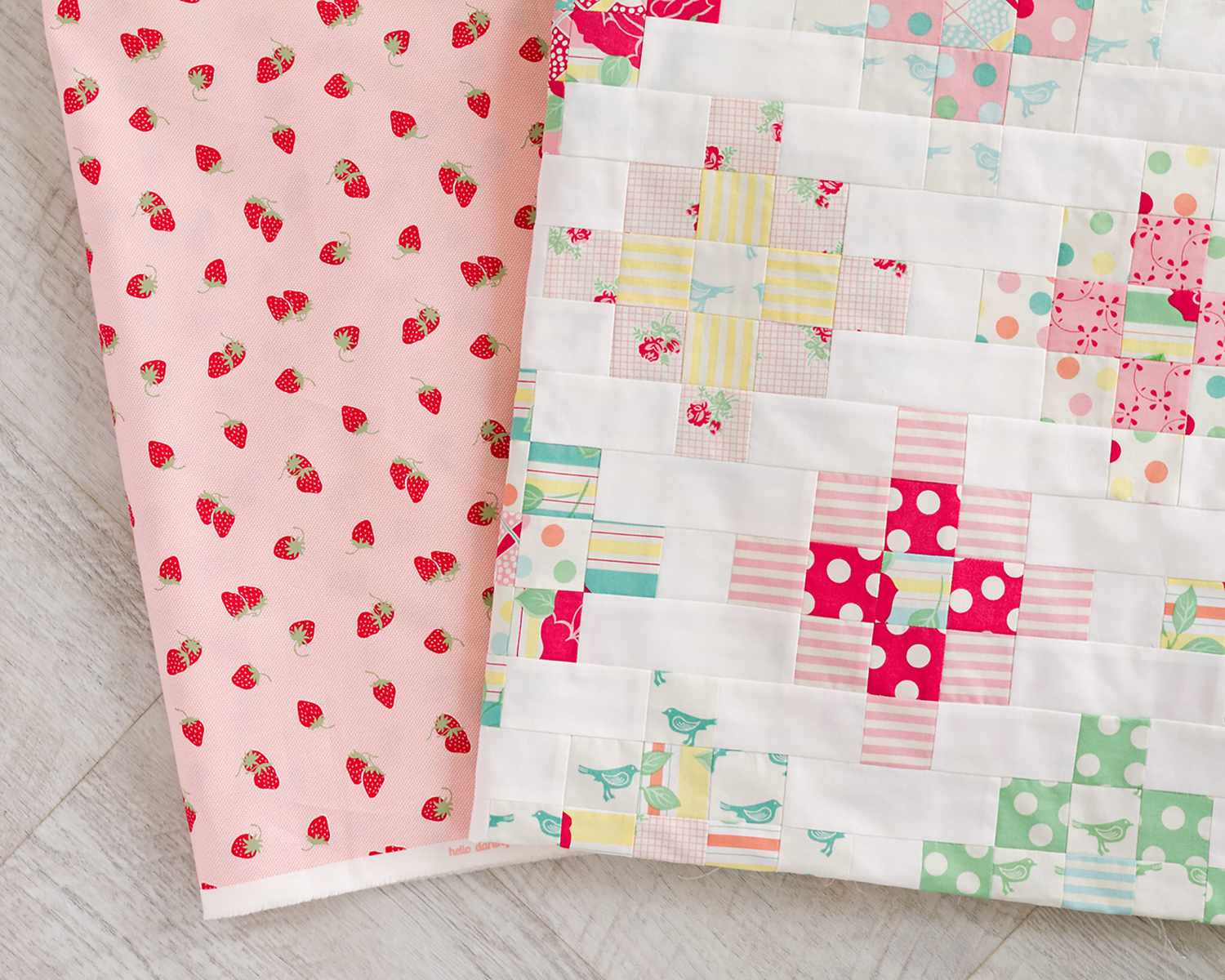

Articles
What Is The Easiest Quilt Pattern For A Beginner
Modified: February 24, 2024
Looking for the easiest quilt pattern for a beginner? Check out our collection of informative articles, packed with step-by-step instruction and helpful tips for starting your quilting journey.
(Many of the links in this article redirect to a specific reviewed product. Your purchase of these products through affiliate links helps to generate commission for Storables.com, at no extra cost. Learn more)
Introduction
Welcome to the world of quilting! Whether you’re a beginner or have some sewing experience, quilting is a wonderful craft that allows you to create beautiful and functional pieces of art. The process of quilting involves sewing together layers of fabric to create a quilt, which can be used as a cozy blanket, a decorative wall hanging, or even a cherished heirloom. Quilting is a versatile and rewarding hobby that allows you to express your creativity and create something truly one-of-a-kind.
However, if you’re new to quilting, it can feel a bit overwhelming to know where to start. With so many different quilt patterns and techniques to choose from, it’s important to find a pattern that is not only beautiful but also beginner-friendly. The right pattern can make all the difference in your quilting journey, setting you up for success and helping you build your skills.
In this article, we will explore what factors to consider when choosing a quilt pattern for beginners and highlight the easiest quilt pattern for those who are just starting out. We will also provide a step-by-step guide to creating a beginner-friendly quilt and share some valuable tips and tricks to help you along the way.
Key Takeaways:
- The Nine Patch quilt pattern is the easiest for beginners, offering straightforward construction, minimal seam matching, and endless design possibilities. It’s ideal for honing basic quilting skills and building confidence.
- Beginners should prioritize precision, patience, and skill-building, while avoiding common mistakes like inaccurate cutting and rushing the process. Embracing the journey and seeking support from quilting communities are essential for success.
Read more: How To Quilt For Beginners
Choosing the Right Quilt Pattern
When it comes to choosing the right quilt pattern, there are a few factors to consider. Keeping these factors in mind will ensure that you select a pattern that is not only beginner-friendly but also aligns with your personal preferences and the quilt’s intended use.
1. Complexity: As a beginner, it’s important to choose a pattern that is relatively simple and straightforward. Look for patterns that have fewer intricate pieces or complex techniques. Starting with a simple pattern will allow you to grasp the basics of quilting and build your confidence before moving on to more challenging projects.
2. Size: Consider the size of the quilt you’d like to make. Small quilt patterns, such as baby quilts or lap quilts, are often more manageable for beginners. They require less fabric and can be completed in a shorter amount of time. Alternatively, if you’re feeling ambitious, you can choose a larger quilt pattern but break it down into smaller sections to make it more manageable.
3. Style: Think about the style or theme you’d like to incorporate into your quilt. Quilting offers endless possibilities for creativity, from traditional patchwork designs to modern, minimalist patterns. Choose a pattern that resonates with your personal taste and aesthetic, as you’ll be more motivated to complete a project that reflects your style.
4. Skills development: While it’s important to choose a beginner-friendly pattern, it’s also beneficial to select a pattern that allows you to learn and practice new skills. Look for patterns that introduce basic quilting techniques, such as cutting fabric, sewing accurate seams, and assembling blocks. This way, you can improve your skills and gain confidence along the way.
5. Resources and support: Consider the availability of resources and support for the chosen pattern. Look for quilt patterns that come with clear instructions and illustrations. Additionally, online quilting communities, forums, and tutorials can provide valuable guidance and support as you embark on your quilting journey.
By taking these factors into account, you can narrow down your options and find the perfect quilt pattern for your beginner-level project. Remember, the goal is to choose a pattern that not only suits your skill level but also sparks joy and excitement as you begin your quilting adventure.
Factors to Consider for Beginners
As a beginner, there are several factors to consider when starting your quilting journey. These factors can help set you up for success and make the learning process more enjoyable and rewarding. Let’s explore some key considerations for beginners:
- Start with a Small Project: When you’re new to quilting, it’s a good idea to start with a small project. A small project like a baby quilt or a table runner will allow you to practice your skills and complete the quilt in a shorter amount of time. It will also help you build confidence and motivation for larger projects in the future.
- Choose Beginner-Friendly Fabrics: Selecting the right fabrics is essential for a beginner. Opt for fabrics that are easy to work with, like 100% cotton or cotton blends. These fabrics are lightweight, easy to sew, and have a smooth texture, making them ideal for quilting. Avoid stretchy or slippery fabrics that may be more challenging to handle.
- Invest in Essential Tools: To make your quilting journey smoother, invest in essential quilting tools. Some must-have tools include a rotary cutter, cutting mat, quilting ruler, and fabric scissors. These tools will help you accurately cut fabric pieces and improve your overall quilting experience.
- Take Time to Learn Basic Techniques: Familiarize yourself with basic quilting techniques before diving into a project. Learn how to sew accurate seams, align fabric pieces, and press your fabric properly. Understanding these basic techniques will set a solid foundation for your quilting skills. You can find tutorials online or attend a local quilting class to learn these techniques.
- Practice Precision and Accuracy: Quilting requires precision and accuracy, especially when it comes to cutting fabric and sewing seams. Take your time to measure and cut fabric pieces accurately, and sew with a consistent seam allowance. This attention to detail will ensure that your quilt blocks align correctly and contribute to a polished finished quilt.
- Embrace Mistakes as Learning Opportunities: As a beginner, it’s natural to make mistakes along the way. Instead of getting discouraged, view these mistakes as learning opportunities. Understand why the mistake happened and how to avoid it in the future. Each mistake brings you closer to becoming a skilled quilter.
- Don’t Compare Yourself to Others: Remember, everyone starts from a different place and progresses at their own pace. It’s easy to compare your work to others, but it’s important to focus on your own progress and celebrate your achievements. Quilting is a journey, and the joy is in the process of learning and creating.
- Seek Support and Guidance: Joining quilting communities, attending workshops, or finding a quilting mentor can provide valuable support and guidance. Connecting with experienced quilters will allow you to learn from their experiences, get feedback on your work, and find inspiration for future projects.
By taking these factors into consideration, you can approach quilting with a strong foundation and set yourself up for success as a beginner. Remember, patience and practice are key, and with each quilt, you’ll gain new skills and confidence in your abilities.
The Easiest Quilt Pattern for Beginners
Now that we’ve discussed the factors to consider when choosing a quilt pattern for beginners, it’s time to reveal the easiest quilt pattern for those who are just starting out. The “Nine Patch” quilt pattern is widely regarded as one of the simplest and most beginner-friendly quilt patterns.
The Nine Patch quilt pattern is characterized by its grid-like design, consisting of nine equal-sized squares arranged in three rows and three columns. Each square can be made up of different fabric combinations or colors, allowing for endless design possibilities. The simplicity of this pattern makes it a perfect choice for beginners and a great way to practice basic quilting techniques.
Here’s why the Nine Patch quilt pattern is ideal for beginners:
- Straightforward Construction: The Nine Patch quilt pattern is constructed using basic patchwork techniques that are easy to understand and execute. It primarily involves cutting squares from fabric and sewing them together in rows and columns. This simplicity allows beginners to focus on mastering accurate cutting and sewing techniques without the added complexity of intricate piecing.
- Minimal Seam Matching: Compared to some other quilt patterns with intricate block designs, the Nine Patch pattern requires minimal seam matching. Since the focus is on sewing together squares, there are no angled seams or complex block arrangements to tackle. This makes it easier for beginners to achieve neat and precise seam connections.
- Opportunity for Variety: The Nine Patch quilt pattern offers endless opportunities for creativity. Within each of the nine squares, you can use different fabric combinations or experiment with various color schemes to personalize your quilt. This flexibility allows beginners to explore their own style and create unique designs while keeping the construction process simple.
- Scalability: The Nine Patch pattern can easily be scaled up or down to suit your desired quilt size. Whether you want to make a small baby quilt or a larger lap quilt, the basic construction principles remain the same. Beginners can start with a small project and gradually work their way up to larger quilts as they gain confidence and experience.
To get started with the Nine Patch quilt pattern, all you need is a selection of fabrics, a cutting mat, a rotary cutter, and a sewing machine. Begin by cutting the fabric squares to your desired size, typically around 4-6 inches, depending on the scale of your quilt. Then, arrange the squares in a 3×3 grid and sew them together in rows, pressing the seams to one side.
Once you’ve completed the quilt top, layer it with batting and backing fabric, and quilt it together using your preferred method, whether it’s hand quilting, machine quilting, or tying. Finish off with binding to secure the edges, and your beautiful Nine Patch quilt is complete!
Remember, the key to success with any quilt pattern, including the Nine Patch, is to take your time, be patient with yourself, and enjoy the process. Each quilt you create is a work of art and a testament to your growing quilting skills.
Start with a simple patchwork quilt pattern using squares or rectangles. This will help you practice cutting and piecing while keeping the design straightforward.
Step-by-Step Guide to Creating a Beginner-Friendly Quilt
Now that you have chosen the easiest quilt pattern for beginners, let’s walk through a step-by-step guide to create your very own beginner-friendly quilt. This guide will provide you with the necessary instructions to successfully complete your quilt project.
- Gather Your Materials: Collect all the materials you’ll need for your quilt project, including fabric, batting, backing fabric, rotary cutter, cutting mat, quilting ruler, sewing machine, thread, and scissors. Choose fabrics that complement each other and align with your desired quilt design.
- Cut the Fabric: Use your rotary cutter, ruler, and cutting mat to cut fabric squares of the same size. For example, if you’re following the Nine Patch pattern, cut nine squares of equal size. Ensure that all the squares are accurately cut to maintain consistency in your quilt blocks.
- Arrange and Sew the Blocks: Arrange the fabric squares in a 3×3 grid, following the design you have in mind. Once you are satisfied with the arrangement, begin sewing the squares together in rows. Line up the edges of the fabric and use a ¼ inch seam allowance. Press the seams as you go to ensure a polished finish.
- Create the Quilt Sandwich: Lay the completed quilt top on a flat surface. Place the batting on top of the quilt top, followed by the backing fabric, with the wrong side facing up. Smooth out any wrinkles or puckers in the layers to create a neat quilt sandwich.
- Pin or Baste the Layers Together: Pin or baste the layers of the quilt sandwich together to prevent shifting during the quilting process. You can use safety pins to secure the layers or use basting spray for a temporary hold. Make sure the layers are smooth and taut, but not overly tight.
- Quilt the Layers: Choose your preferred method of quilting, whether it’s hand quilting, machine quilting, or tying. Start quilting from the center and work your way outward, following a quilting pattern or design of your choice. Take your time and ensure even stitching throughout the quilt.
- Trim and Square the Quilt: Once you’ve completed quilting the layers, trim away any excess batting and backing fabric. Use a quilting ruler and rotary cutter to square off the edges of the quilt, ensuring that all sides are straight and even.
- Add the Binding: Cut binding strips from your chosen fabric and sew them together to create a long strip. Fold the strip in half lengthwise and attach it to the raw edges of the quilt, starting and ending at least a few inches apart. Fold the binding over to the back of the quilt and hand stitch or machine stitch it in place.
- Finishing Touches: Give your quilt a final press with an iron to make it look crisp and professional. Trim any loose threads, inspect the quilt for any missed stitches or areas that need reinforcement, and add a personalized label if desired.
- Enjoy Your Quilt: Finally, step back and admire your beautiful beginner-friendly quilt. Display it proudly or cuddle up with it on a chilly evening. Your quilt is not only a testament to your quilting skills but also a cherished handmade creation.
Remember, quilting is a journey of creativity and skill-building. Each quilt you create will teach you something new, and your techniques will improve with practice. Enjoy the process, embrace any mistakes as learning experiences, and have fun creating your very own quilt!
Read more: What Is The Most Popular Quilt Pattern
Tips and Tricks for Successful Quilting
Quilting is a beautiful and intricate craft that requires attention to detail and precision. As a beginner, it’s natural to seek tips and tricks to help you navigate the quilting process more smoothly and achieve successful results. Here are some valuable tips and tricks to keep in mind as you embark on your quilting journey:
- Measure Twice, Cut Once: Accurate cutting is essential in quilting. Measure your fabric pieces carefully before cutting to ensure they are the correct size. Double-check your measurements before making any cuts to avoid wasting fabric.
- Practice Seam Accuracy: Sewing accurate seams will help ensure that your quilt blocks align correctly and your finished quilt looks polished. Use a ¼ inch seam allowance and sew with a consistent seam allowance throughout your project.
- Press, Don’t Iron: When pressing your fabric and seams, use a gentle pressing motion rather than ironing back and forth. This will help prevent stretching or distorting the fabric and keep your quilt blocks neat and flat.
- Use High-Quality Thread: Invest in good quality quilting thread to ensure strong and durable stitches. Choose a thread that is specifically designed for quilting, as it will withstand frequent washing and provide longevity to your quilt.
- Organize Your Fabric and Supplies: Keep your fabric and supplies organized and easily accessible. Utilize storage bins, clear containers, or sewing organizers to separate and categorize your fabric, tools, and notions. This will save you time and minimize frustration when searching for specific items.
- Experiment with Color and Contrast: Don’t be afraid to play with color and contrast in your quilt designs. Mixing different fabrics, colors, and patterns can add visual interest to your quilts. Consider using a color wheel as a guide to create harmonious or contrasting color schemes.
- Practice Quilting Techniques: Take time to practice various quilting techniques before diving into a big project. Experiment with different quilting patterns, machine stitches, or hand quilting techniques to see what works best for you. Practice on scrap fabric or create small quilted samples to refine your skills.
- Join Quilting Communities: Connect with other quilters by joining quilting communities, online forums, or local quilting guilds. These communities provide a platform for sharing ideas, seeking advice, and receiving feedback on your work. It’s a great way to learn from experienced quilters and find inspiration for your own projects.
- Take Breaks and Pace Yourself: Quilting can be a time-consuming process, and it’s important to pace yourself and take breaks when needed. Working for long periods without breaks can lead to fatigue and mistakes. Step away from your project periodically to rest and recharge, returning with a fresh perspective.
- Enjoy the Journey: Remember that quilting is not only about the finished product but also the joy of creating. Embrace the learning process, enjoy the meditative nature of quilting, and savor the satisfaction of completing each step. The journey of quilting is as rewarding as the final quilt itself.
By incorporating these tips and tricks into your quilting practice, you’ll improve your skills and increase your confidence. Remember, quilting is a skill that develops over time, so be patient with yourself, stay open to learning, and most importantly, have fun with your quilting adventures!
Common Mistakes to Avoid
As a beginner quilter, it’s common to make mistakes along the way. However, being aware of these common pitfalls can help you avoid them and ensure a smoother quilting experience. Here are some common mistakes to be mindful of as you embark on your quilting journey:
- Inaccurate Cutting: Measure your fabric carefully and double-check your measurements before cutting. Inaccurate cutting can lead to mismatched seams and altered quilt block sizes. Take your time and use a rotary cutter, ruler, and cutting mat for precise cuts.
- Inconsistent Seam Allowance: Sewing with inconsistent seam allowances can result in uneven blocks and difficulty in joining them. Maintain a consistent ¼ inch seam allowance throughout your quilting project. Using a quilting foot or presser foot with a guide can be helpful in achieving an accurate seam allowance.
- Not Pressing Seams: Neglecting to press your seams can make your quilt blocks look bulky and uneven. Take the time to press each seam as you sew, using an iron and pressing the seam to one side or open, depending on your pattern. Pressing will give your quilt blocks a crisp and professional appearance.
- Skimping on Pins or Basting: Pinning or basting the layers of your quilt sandwich is crucial to ensure they stay in place during quilting. Insufficient pinning or basting can result in shifting or puckering. Take the time to secure the layers adequately, ensuring they are smooth and taut.
- Pulling and Stretching Fabric: Avoid pulling or stretching the fabric as you sew or press. This can distort the fabric, resulting in blocks and seams that don’t align properly. Handle the fabric gently and use minimal tension to maintain the integrity of your quilt blocks.
- Overcomplicating Designs: As a beginner, it’s important to start with simpler quilt patterns. Overcomplicating designs with intricate piecing or complex techniques can be overwhelming and may lead to frustration. Focus on building your skills and confidence with straightforward patterns, and gradually take on more challenging projects as you progress.
- Not Testing Quilting Techniques: Before quilting your entire project, it’s wise to test quilting techniques on scrap fabric or create small samples. Testing allows you to experiment with different stitching patterns, thread tensions, and machine settings without the fear of ruining your main project. This way, you can ensure that you’re satisfied with the results before committing to quilting the complete quilt.
- Rushing the Process: Quilting requires time, patience, and attention to detail. Rushing through the process can lead to mistakes and a less enjoyable experience. Take your time with each step, from cutting to sewing to quilting, and allow yourself to enjoy the process. Quilting is as much about the journey as it is about the finished quilt.
- Skipping the Finishing Touches: Don’t overlook the importance of the finishing touches. Properly squaring off your quilt, adding binding, and trimming loose threads contribute to a professional-looking final product. Take the time to complete these final steps, and your quilt will shine.
- Comparing Yourself to Others: Each quilter has their own unique style and skill level. Avoid comparing your work to others’ and focus on your personal progress. Remember that quilting is a journey of growth and self-expression. Embrace your own achievements and enjoy the pride that comes with creating something with your own hands.
By being mindful of these common mistakes and taking steps to avoid them, you’ll have a more successful and enjoyable quilting experience. Remember that mistakes are part of the learning process, so don’t be discouraged if you make them. Learn from them, adapt, and grow as a quilter. Happy quilting!
Conclusion
Quilting is a beautiful and fulfilling craft that offers endless creative possibilities. As a beginner, it’s important to choose the right quilt pattern, build your skills, and avoid common mistakes. By following the tips and tricks provided, you can set yourself up for success and enjoy a rewarding quilting journey.
Choosing a beginner-friendly quilt pattern, such as the Nine Patch pattern, allows you to focus on mastering basic quilting techniques and build your confidence. Start with small projects, choose fabrics wisely, and use essential tools to ensure a smooth quilting process.
Take the time to learn and practice accurate cutting, consistent seam allowances, and proper pressing techniques. These foundational skills will contribute to precise and polished quilt blocks. Don’t forget to pin or baste your quilt layers to prevent shifting, and choose high-quality thread to ensure durability.
Embrace the learning process and the joy of quilting. Join quilting communities and seek support and guidance from experienced quilters. Take breaks, pace yourself, and enjoy the creative journey as you piece together fabric and bring a quilt to life.
Avoid common mistakes like inaccurate cutting, inconsistent seam allowances, and skipping important finishing touches. Remember that quilting is a journey, and every mistake is an opportunity to learn and grow as a quilter. Be patient with yourself and celebrate your progress.
Quilting is not just about the final product; it’s about the love and effort poured into each stitch. Cherish the satisfaction of creating something meaningful and unique. Whether you’re making quilts for yourself, loved ones, or to donate, your quilts will become cherished items, carrying warmth and memories for years to come.
So, grab your fabric, thread your needle, and embark on your quilting adventure. With dedication, practice, and a passion for the craft, you’ll create quilts that are not only visually stunning but also infused with your personal touch. Happy quilting!
Frequently Asked Questions about What Is The Easiest Quilt Pattern For A Beginner
Was this page helpful?
At Storables.com, we guarantee accurate and reliable information. Our content, validated by Expert Board Contributors, is crafted following stringent Editorial Policies. We're committed to providing you with well-researched, expert-backed insights for all your informational needs.
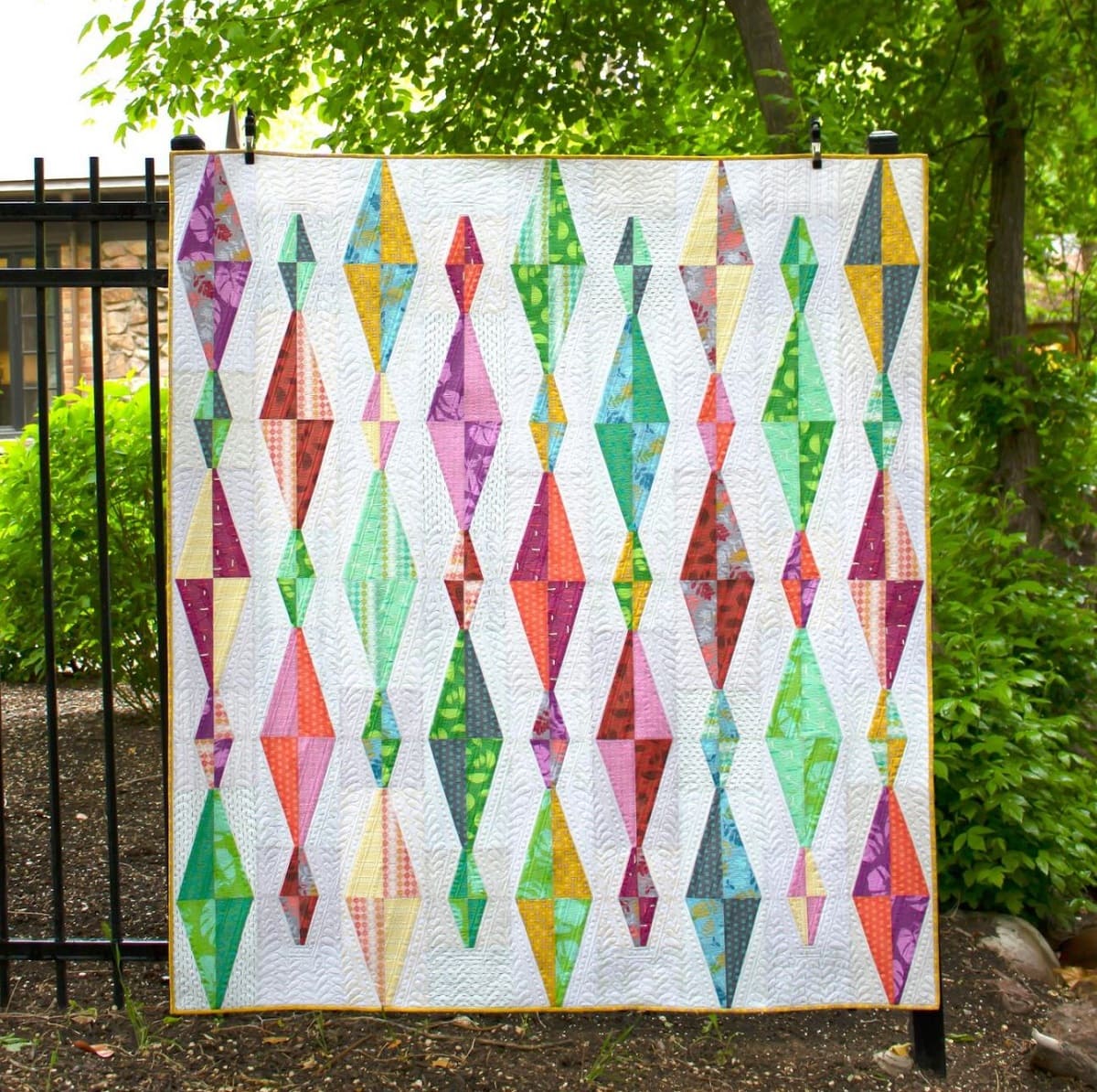
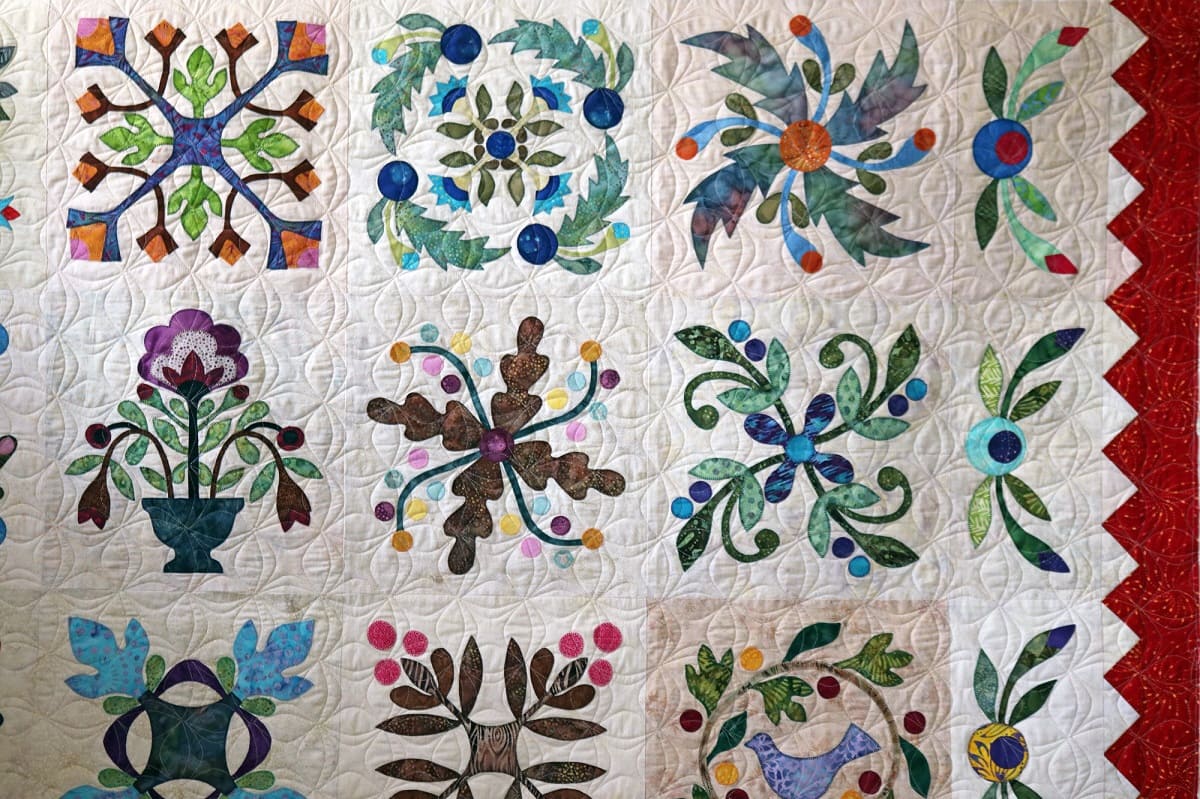
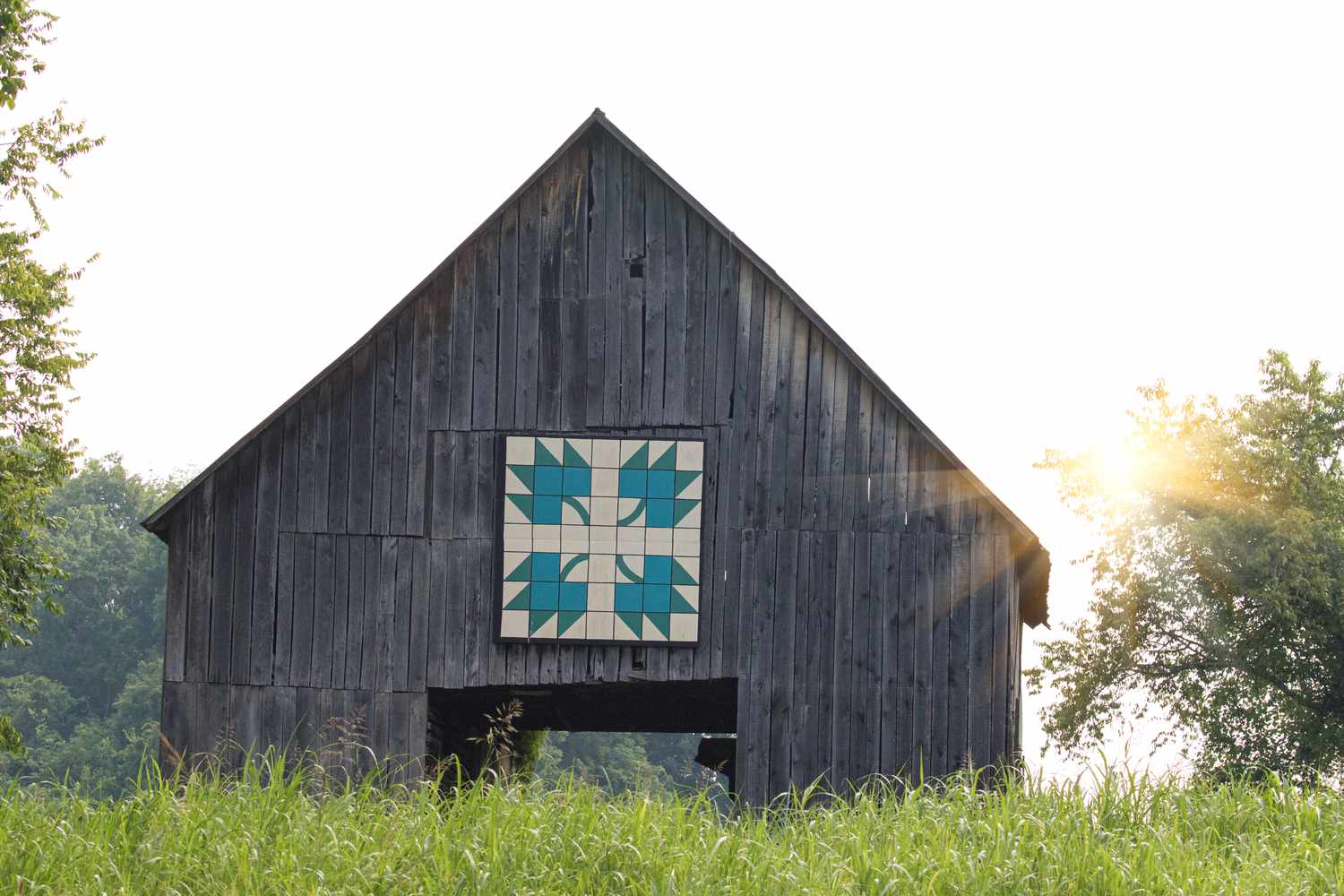
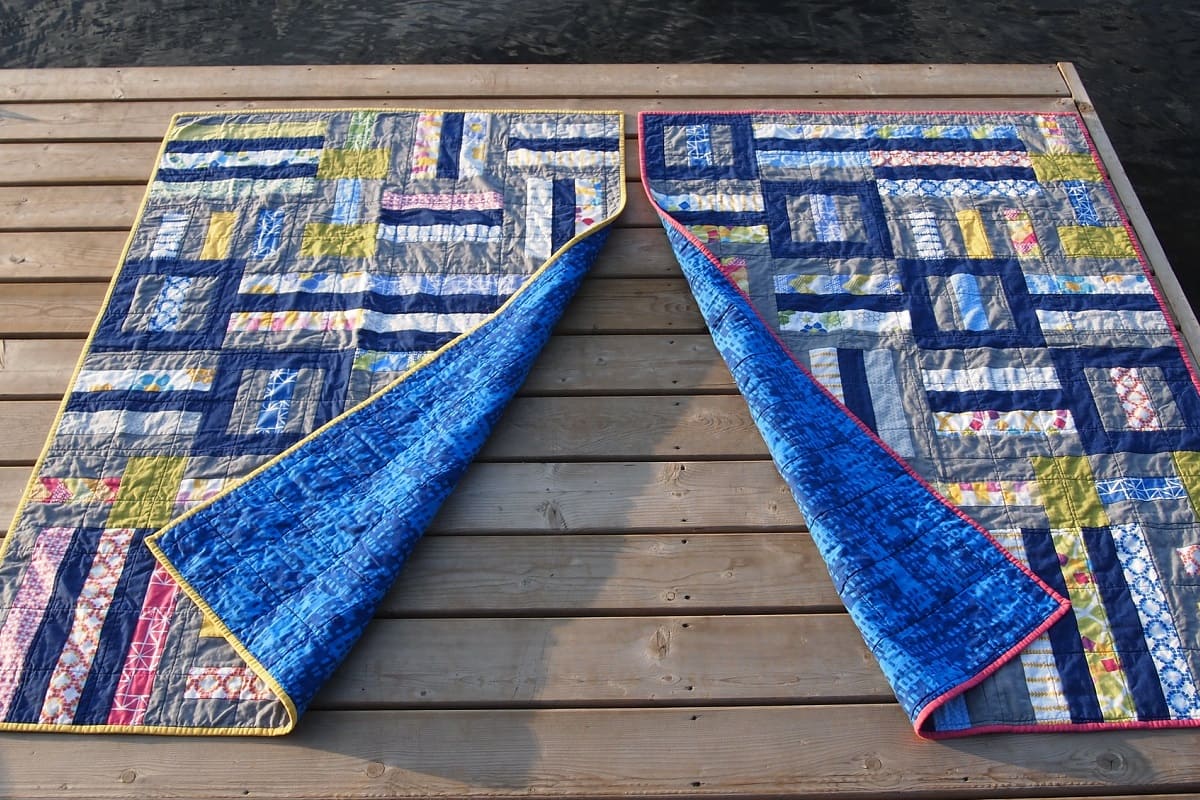
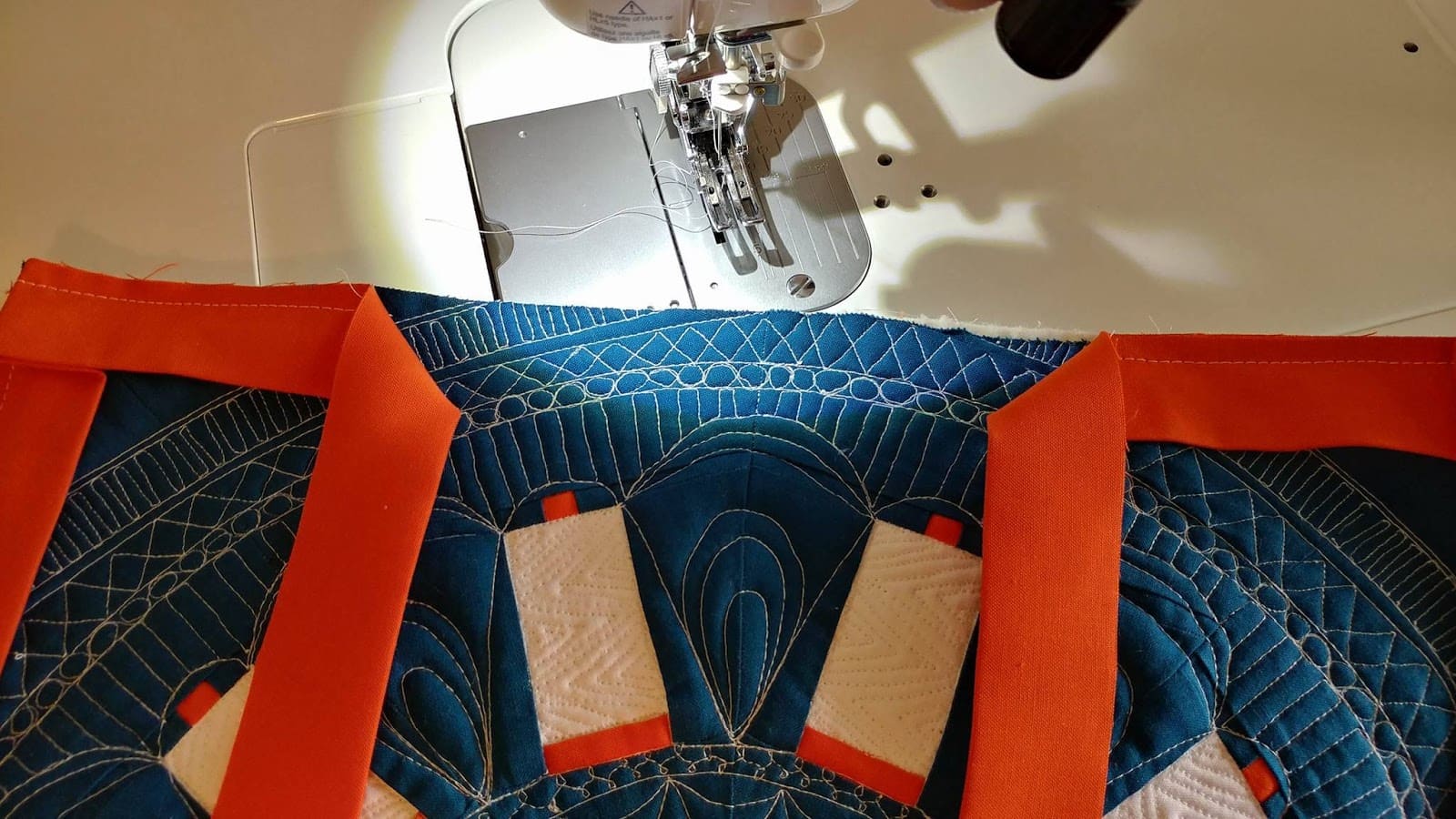
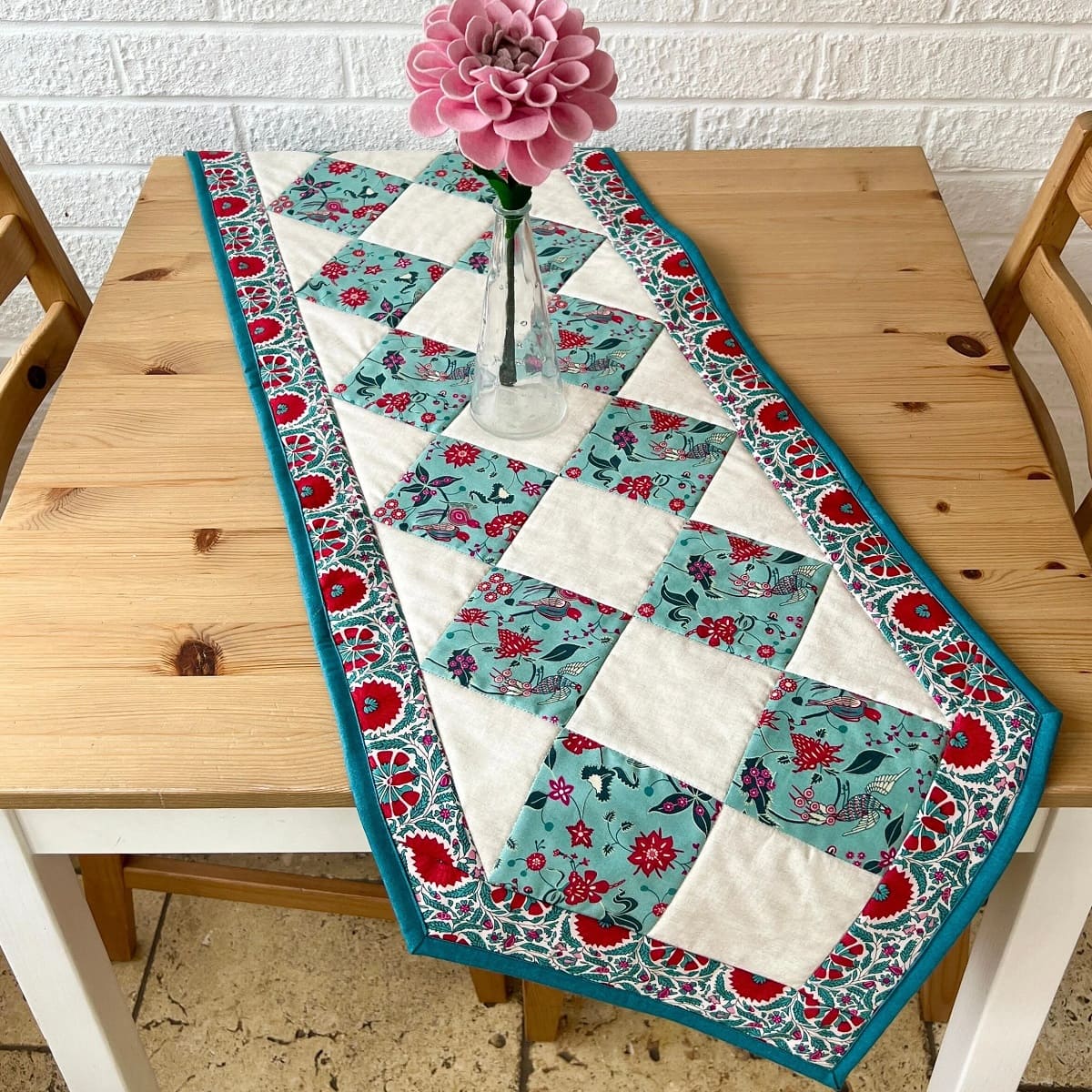
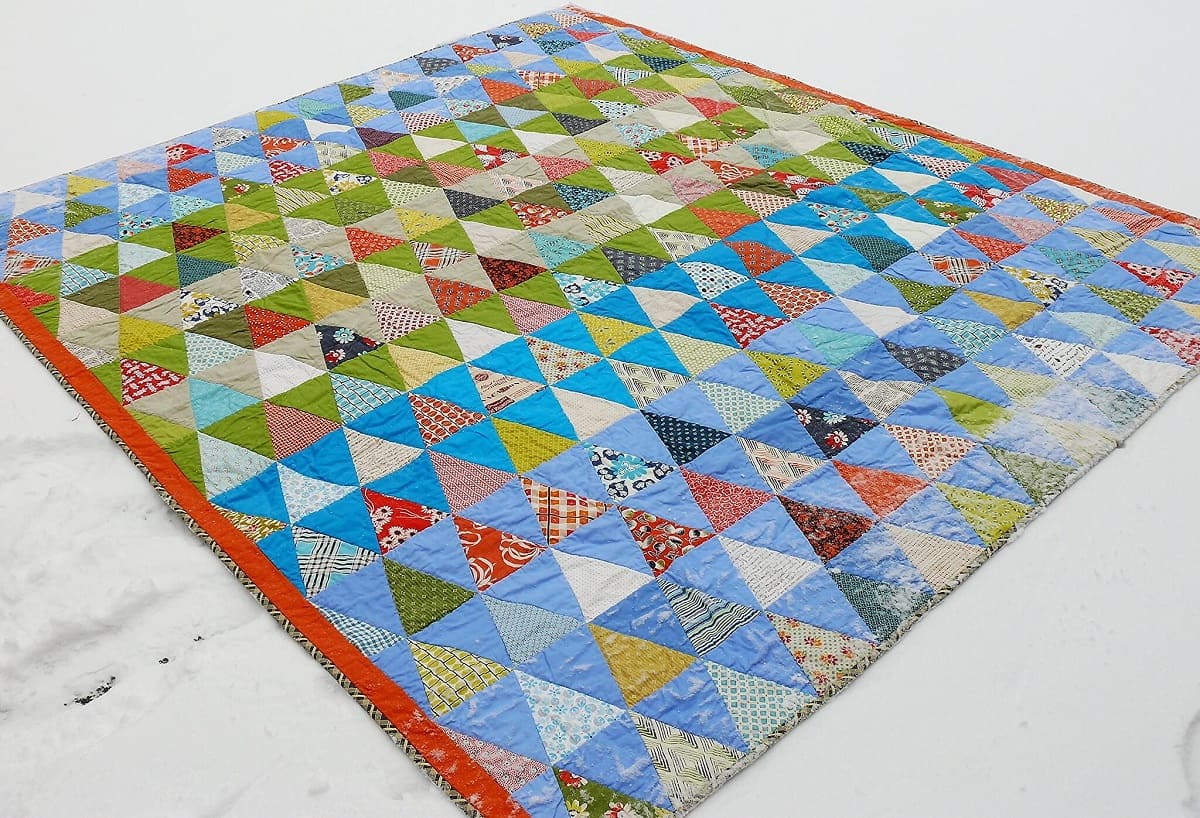
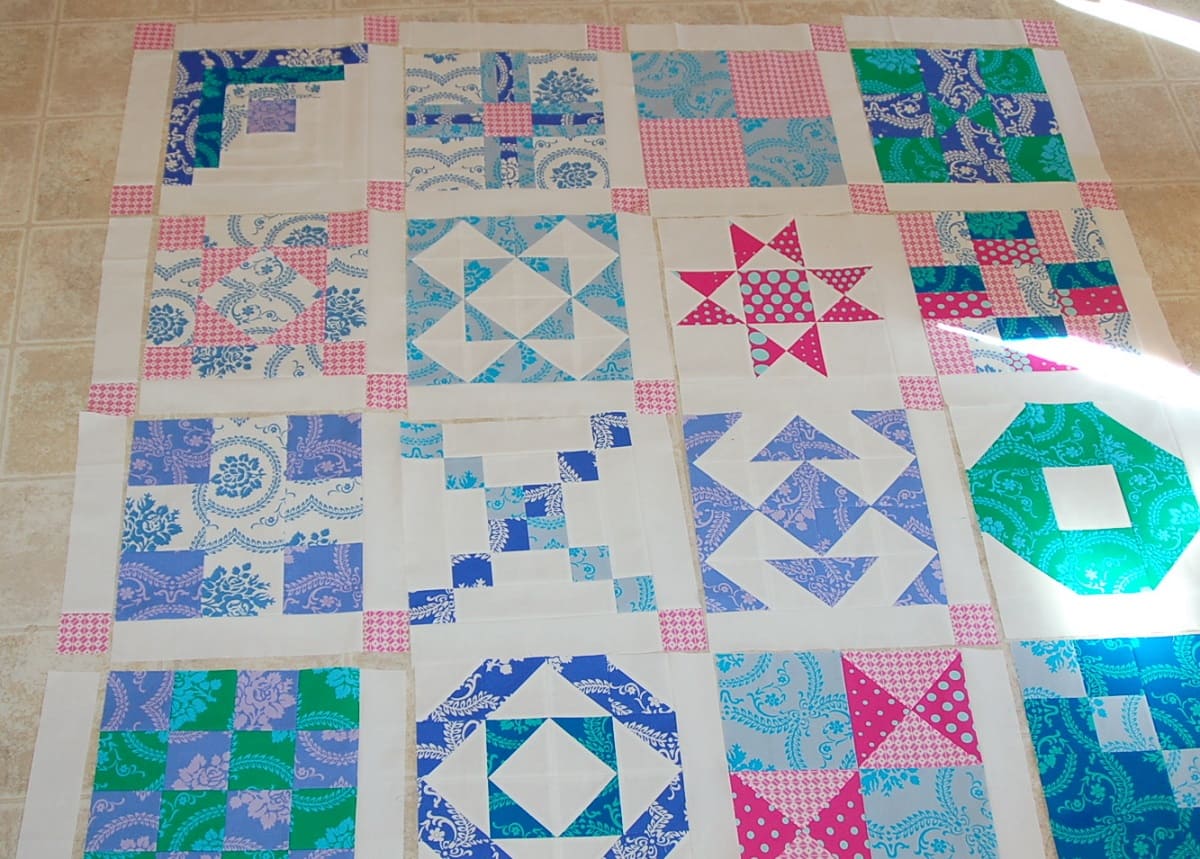
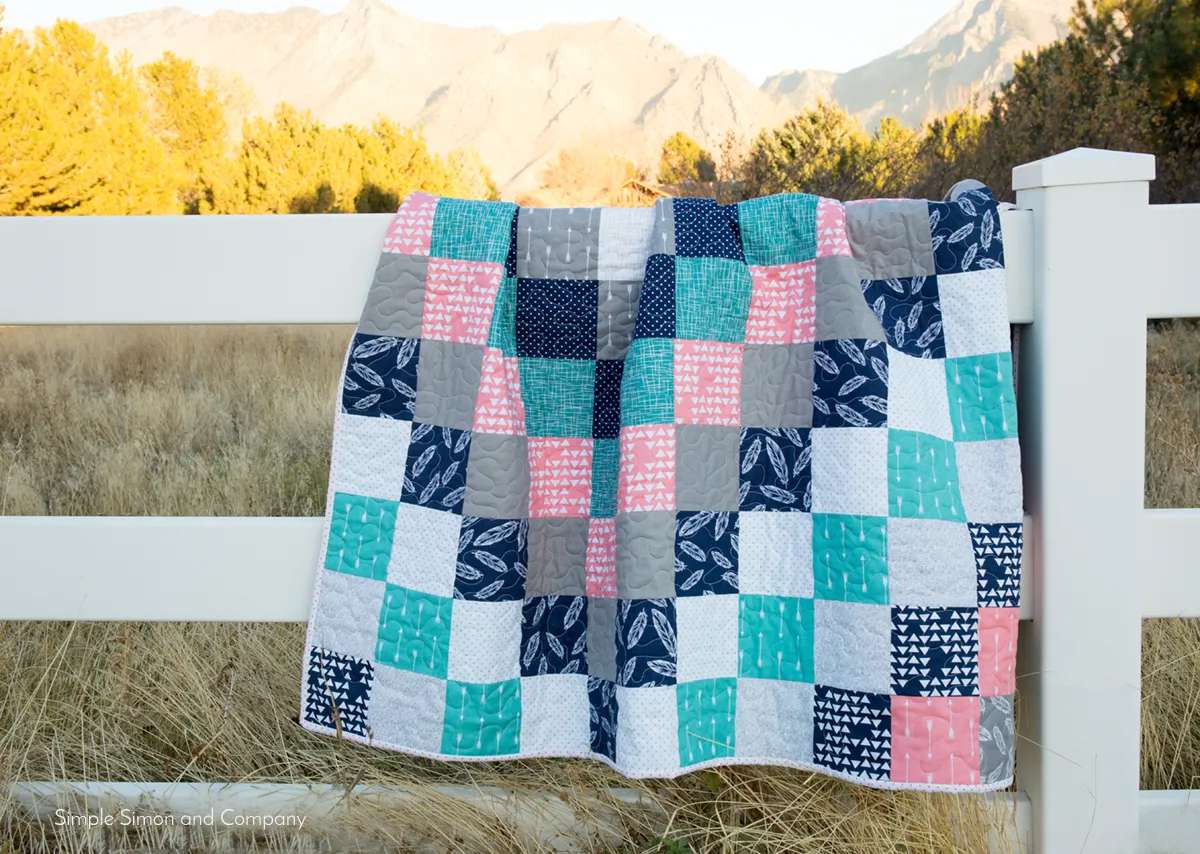
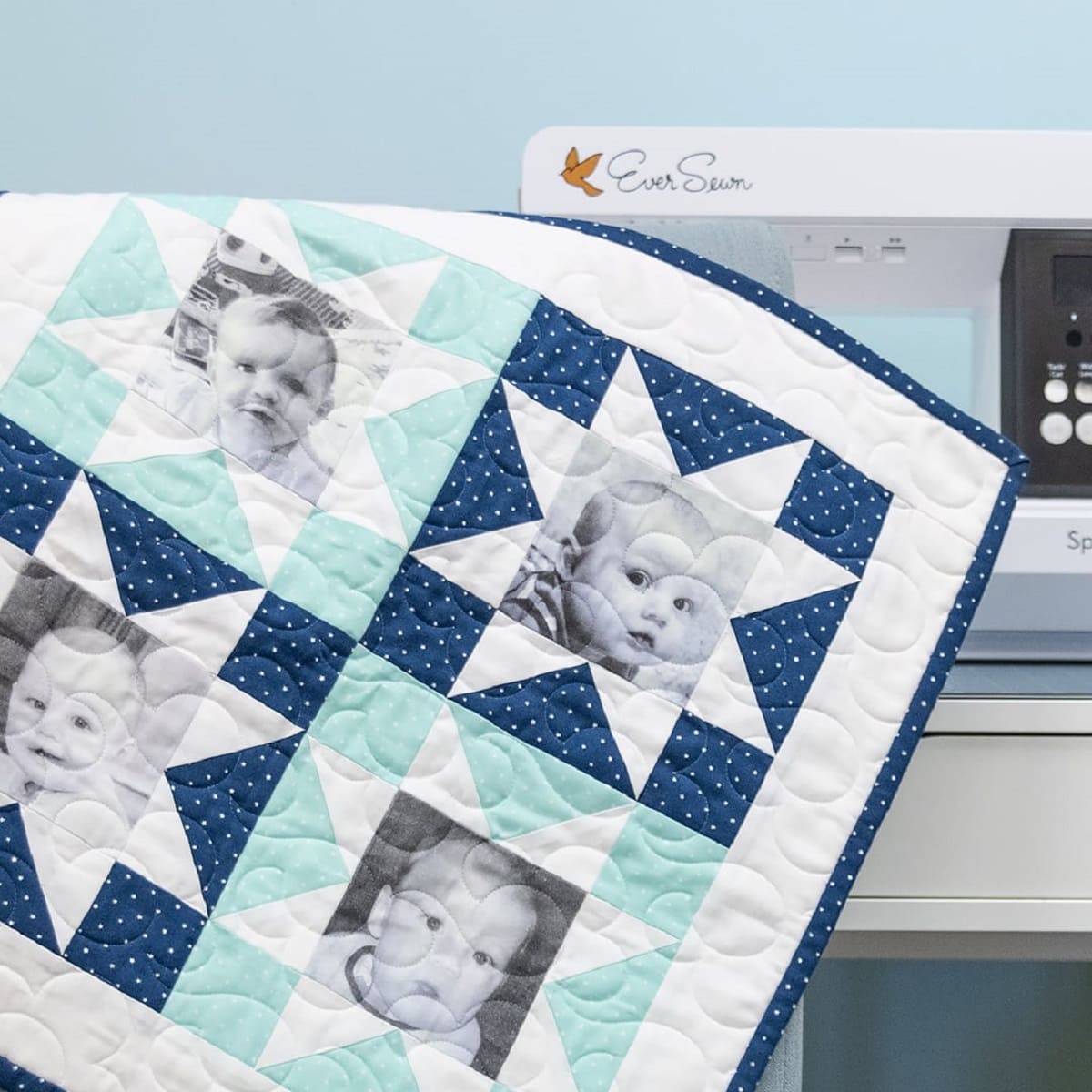
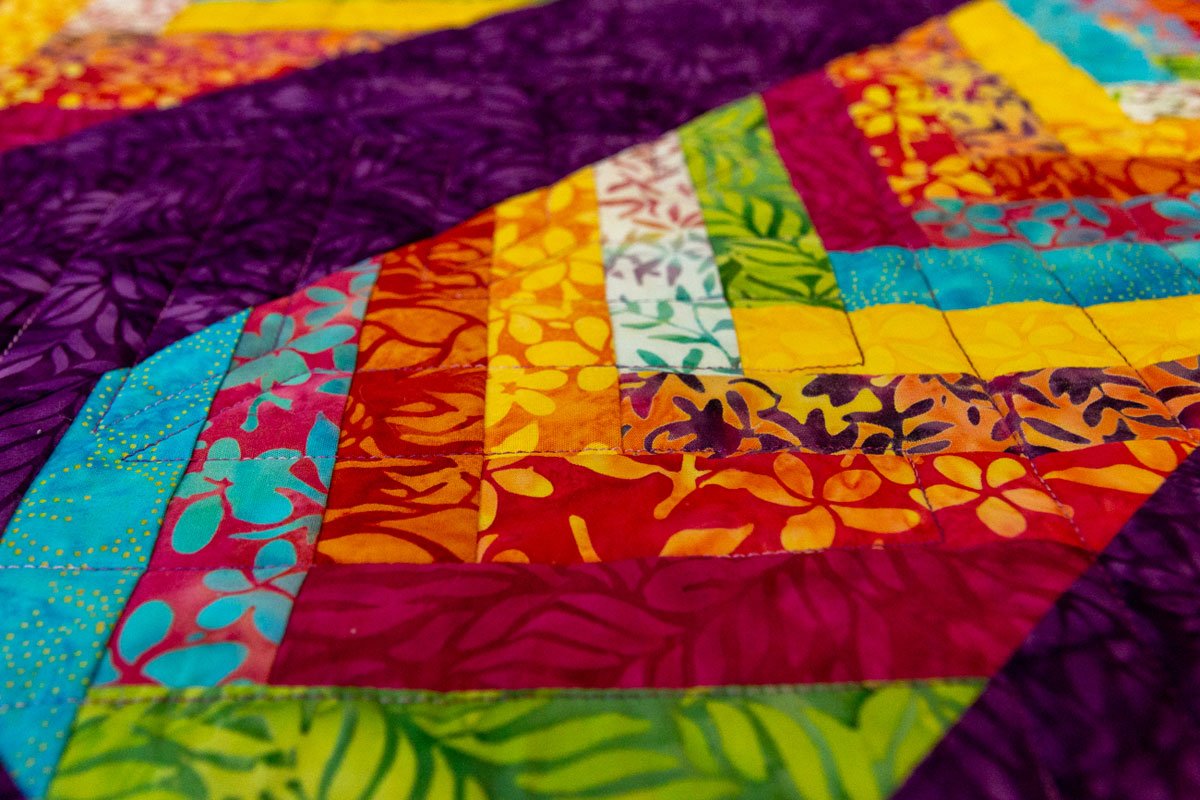
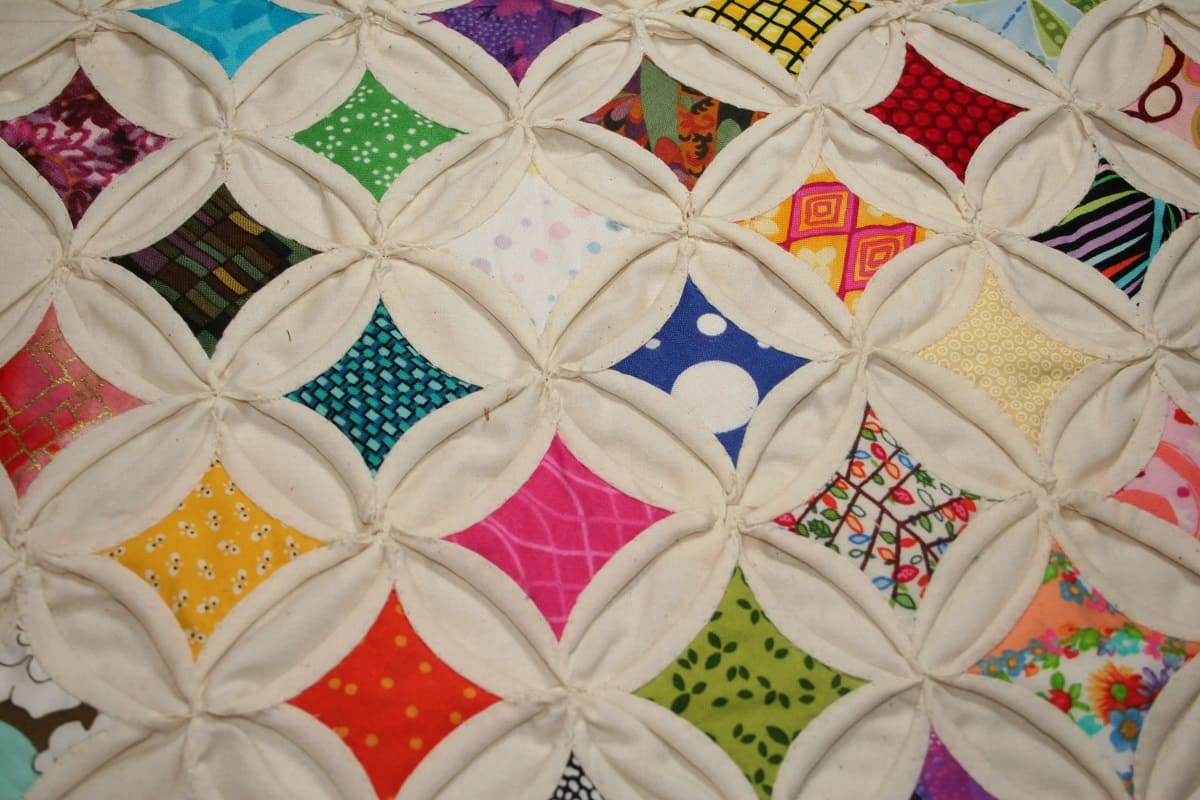

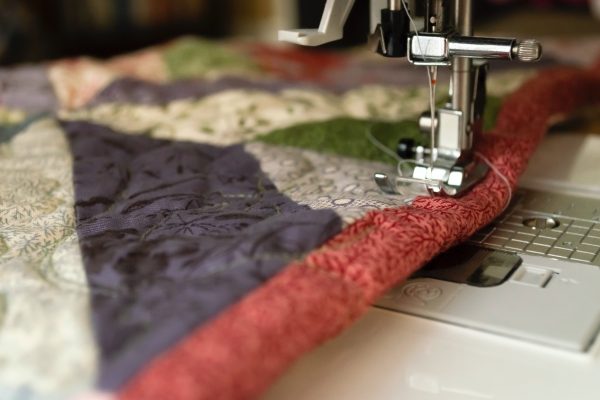

0 thoughts on “What Is The Easiest Quilt Pattern For A Beginner”